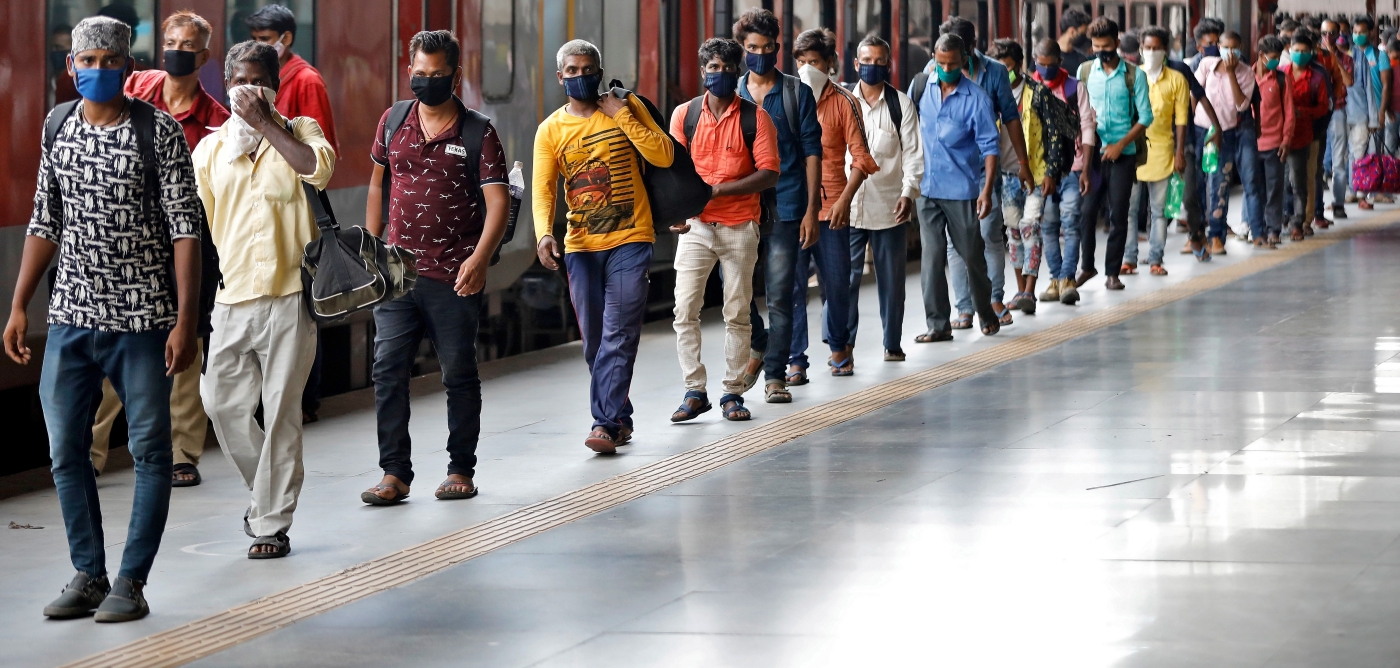
Reuters photographers Adnan Abidi, Sanna Irshad Mattoo, Amit Dave and Danish Siddiqui. Photos: pulitzer.org
The 2022 Pulitzer Prize for feature photography has been awarded to Reuters photographers Adnan Abidi, Sanna Mattoo, Amit Dave and (posthumously) Danish Siddiqui “for images of COVID-19’s toll in India that balanced intimacy and devastation while offering viewers a heightened sense of place”.


India’s COVID-19 story has been the subject of many awards and much public discussion because it has, at its largest, been a story of contrasting magnitudes: the scale of the devastation, especially during the second wave a year ago in 2021, versus the minuscule numbers in the Indian government’s official record. Most recently, this contrast manifested as a dispute between the government and the WHO, which released a report claiming India’s actual toll to be 4 million – in line with several other independent estimates. India, however, was so disapproving that it wanted the report’s release delayed by 10 years.




Even Prime Minister Narendra Modi wasn’t spared. In September 2020, he became the second Indian prime minister to win the Ig Nobel Prize, a satirical prize awarded by a magazine called Annals of Improbable Research. When awarded to scientists, it aims to recognise scientific work that “makes people laugh – then think”. But when it was awarded to the heads of the governments of Belarus, Brazil, India, Mexico, Russia, Turkey, Turkmenistan, the UK and the US, it was “for using the COVID-19 viral pandemic to teach the world that politicians can have a more immediate effect on life and death than scientists and doctors can.” Their ‘work’ didn’t make anyone laugh.



Danish Siddiqui was killed “while covering a clash between Afghan security forces and Taliban forces in Spin Boldak, near the Pakistan border” on July 16, 2021, in the words of his Pulitzer Prize profile. The Washington Examiner reported five days later that contrary to previous reports, which claimed he had died in crossfire, the Taliban had murdered him after verifying his identity. His body was interred at the Jamia Milia Islamia on July 18 with a throng of well-wishers paying their respects. Siddiqui had previously won another Pulitzer Prize for his coverage of the Rohingya crisis, in 2018.



The Indian government has asserted that it will continue to dispute the WHO’s findings, in particular its researchers’ methods, while insisting at the same time that India’s civilian death registration system is robust and unlikely to have missed any deaths. Many independent experts, including mathematician Murad Banaji, have written about their inability to trust the government because of its lack of transparency and data suppression tactics. The WHO has also said that it will work with the Indian government to assuage the latter’s concerns, but deferred to its obligation to the global healthcare community when it published its report.



The Wire Science couldn’t use more than one photo by Sanna Mattoo as the others weren’t available in our subscription.

